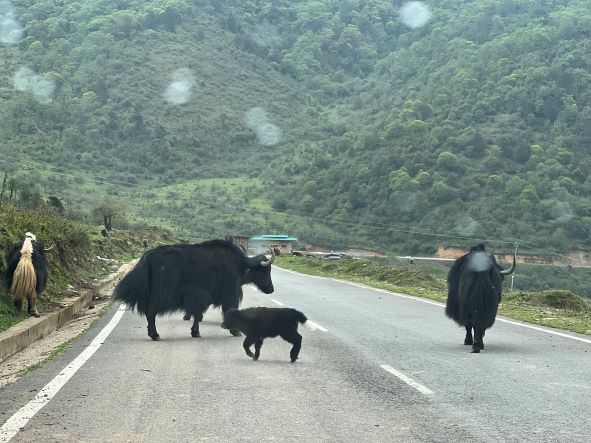Yak mortality causes in selected rangeland areas of Bhutan
Keywords:
Fodder shortage, rangeland, wildlife depredation, yak mortalityAbstract
Yak mortality in the highlands has been a persistent problem from the past ten years to this present day. The study was carried out to determine the causes of yak mortality in selected highland areas of Bhutan. Data were collected from 60 highlanders, 20 each from Merak, Chokhor and Bji Gewogs, through face-to-face interviews, using semi-structured questionnaires involving both open and close-ended questions. Simple means, averages and frequencies were calculated. The study recorded 76.7 % of respondents having issues with yak mortality. The causes of yak mortality reported were wildlife depredation (<50% respondents) from bear and feral dogs, gid disease (28.3%), fodder shortage (17.4%) and lack of alternative feed resources (4.3%). Fodder shortage verbally claimed to be the major causes of mortality was ranked third thereby nullifying the hypothesis. Nonetheless, the vast majority of the respondents still regarded acute fodder shortage in the winter as the major concern that calls for immediate intervention. According to them, having sufficient land for improved pasture development, registered tsamdro of their own, good rangeland policy and relaxed forest and conservation rules were seen as workable solution to mitigate fodder shortages. Other problems reported are lack of road connectivity, poor telecommunication facilities, and makeshift tents. Increasing waste and declining interest of highland youths on yak farming are some of the concerns among others.

Downloads
Published
License
Copyright (c) 2022 Bhutan Journal of Animal Science

This work is licensed under a Creative Commons Attribution 4.0 International License.





